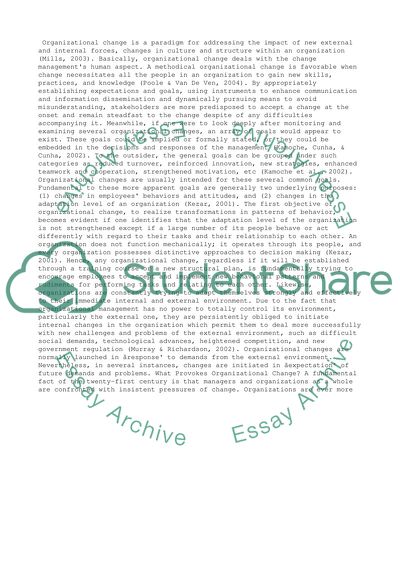Cite this document
(“The concept of organizational change within management theory Research Paper”, n.d.)
Retrieved de https://studentshare.org/business/1390455-the-concept-of-organizational-change-within-management-theory
Retrieved de https://studentshare.org/business/1390455-the-concept-of-organizational-change-within-management-theory
(The Concept of Organizational Change Within Management Theory Research Paper)
https://studentshare.org/business/1390455-the-concept-of-organizational-change-within-management-theory.
https://studentshare.org/business/1390455-the-concept-of-organizational-change-within-management-theory.
“The Concept of Organizational Change Within Management Theory Research Paper”, n.d. https://studentshare.org/business/1390455-the-concept-of-organizational-change-within-management-theory.


